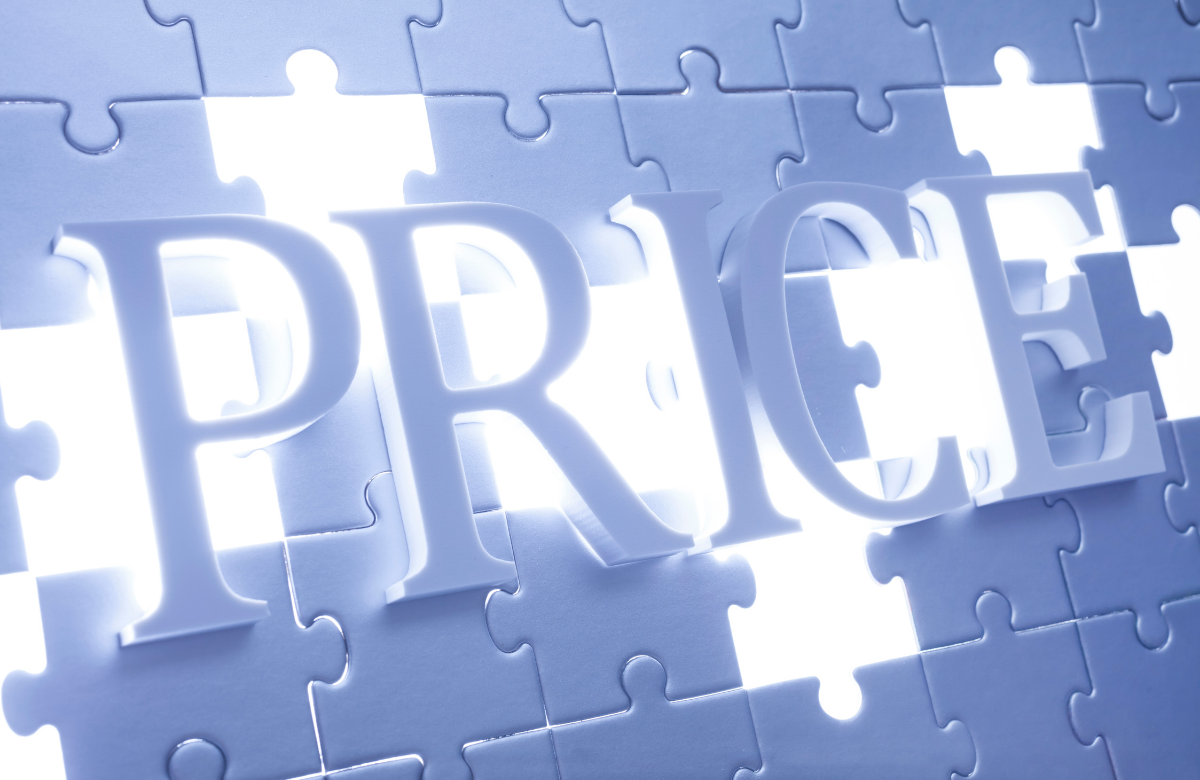Choosing the right pricing model is a complex topic for many reasons, but chiefly because the pricing model you define must be unique to your business. While a single blog post can’t cover all of the decisions and considerations you have to make about pricing, we hope that this article further advances your pricing knowledge.
Tip: Missed last month’s blog post on pricing? Check out 8 Ways to Charge Subscribers: Tools of the Trade.
1. Use the KISS Principle with Pricing
The age-old acronym KISS (Keep It Simple, Stupid) might have been invented for pricing. The more customers need to think about a purchase decision, the less likely they are to make the purchase.
For example, a usage-based plan might have too many rules and parameters, so the customer can’t know ahead of time what the plan will cost. Even if that doesn’t discourage a customer from signing up, it’s still a customer satisfaction disaster waiting to happen.
Another example can occur if you provide too many pricing options, such as with too many pricing tiers. Each tier you have adds to the complexity of the decision-making process.
Keep the pricing model simple so customers can understand it at a glance.
2. Understand the Product’s Value to the Customer
The more value a customer derives from your product, the more they will be prepared to pay for it. To understand how much value a customer gets from your product (or service), you need insight into exactly how they use it.
Even before you develop the product, you need to have in-depth conversations or run surveys with target customers. The goal is to understand what features get them excited and how much they are willing to pay.
Often, what WE as product developers or entrepreneurs consider a great product (or feature) isn’t as valuable as we think. But these conversations and surveys often uncover something else that either provide a competitive advantage or inspire us to pivot in a more profitable direction.
3. Setting Low Prices Can Lead to Low-Value Customers
In the rush to get as many new customers as possible, companies sometimes price a new feature or product too low. Oddly enough, it’s often the low-end customers who are the least satisfied, the ones who burden your business with additional support costs. They may also cost you future customers by leaving negative reviews online.
While we’re not suggesting you over-charge your customers, you need to be aware of low-value customers and their detrimental effect on churn, support, and reputation. It is important to pay attention to these costs and consider pricing such customers out of your market.
4. Lower Barriers to Entry
Understanding the dangers of undercharging for your product, you still want to let customers sample your it, as this often converts those who are undecided about committing.
Some ways to lower the barrier of entry are to offer:
- A free version of the product with limited features
- A free but limited-time trial of the full product
- A limited-time money-back guarantee
Tip: Each of the above techniques has pros and cons. This article from Databox does a great job of fleshing out the topic.
5. Discount Long-Term Pricing
Everyone loves a discount, and you can use this innate desire to gain more clients. But rather than offering flashy, short-term discounts, you can gain valuable, long-term customers by combining a discount with a longer commitment period.
For example, annual customers are typically worth far more than monthly customers. Monthly customers are more likely to churn before they get to their first anniversary. Consider having annual subscription plans that offer a deduction of as much as 20%.
6. Differentiate or Align?
Admittedly, your pricing and price model is an important way to differentiate your product from your competition. If your price model is simpler or better aligned with customer value for a particular segment of the market, customers have a compelling reason to choose your product.
However, you need to proceed carefully. Choosing a pricing model different from competitors can make it hard for customers to compare apples to apples.
After Choosing the Right Pricing Model – Test!
Many conventional cloud-based subscription billing solutions inhibit your business with limited capabilities. Before Kill Bill, the only way to have complete control over your billing behavior was by building your own billing system from scratch. But few companies have the skills or resources to do that.
Kill Bill is an open-source subscription billing and payments platform that lets you rapidly test and roll out promotions, alternate pricing models, and custom billing features. That’s how you stay competitive!
Take the next step with Kill Bill…


